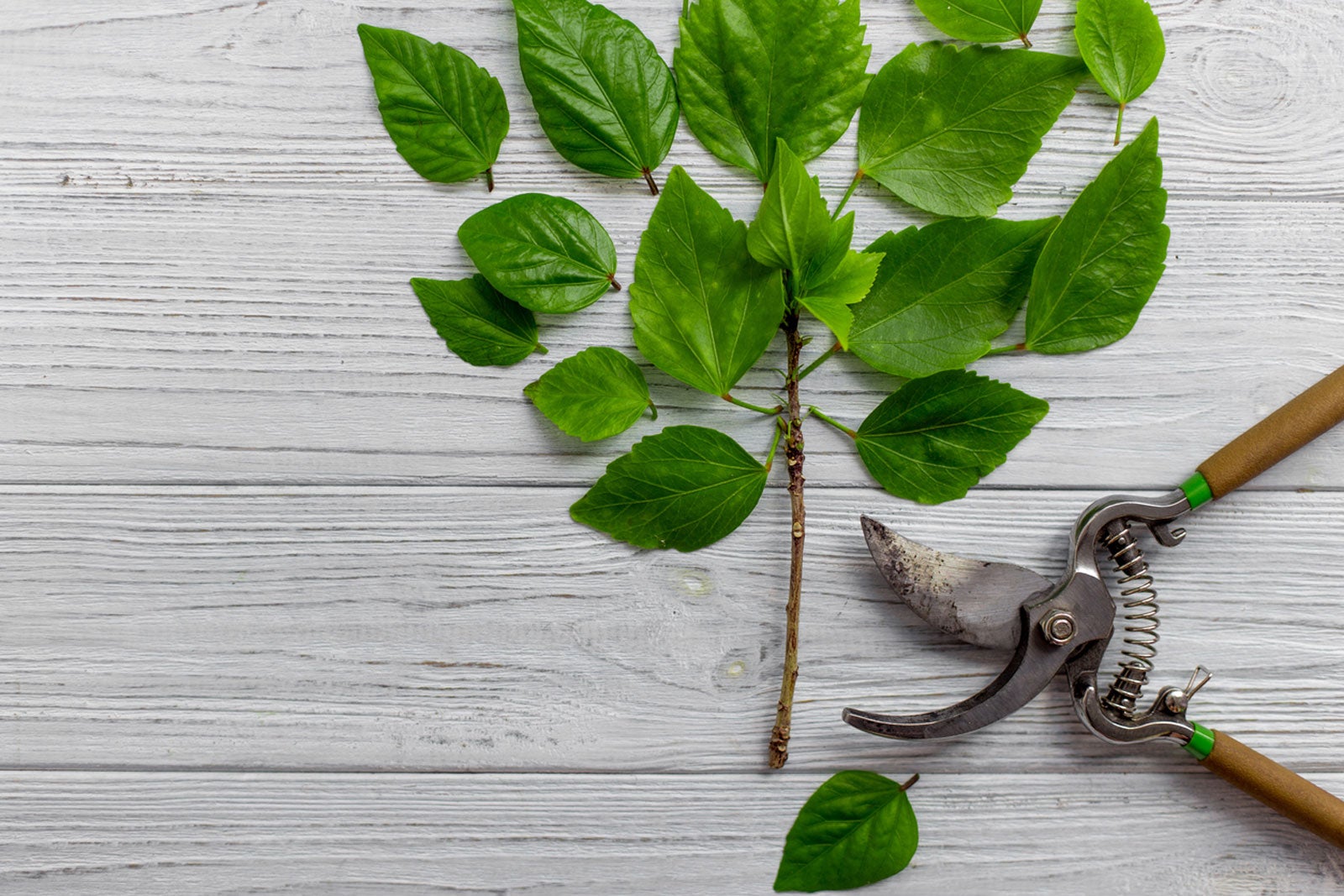Repairing Bad Pruning: How To Correct Pruning Mistakes


When you prune a plant you cut foliage, branches, or trunks to make the plant more attractive and structurally stronger. Good pruning minimizes damage to growing plant tissue. Bad pruning creates problems for the plant. If you’ve pruned your plants inappropriately, you may be wondering how to correct pruning mistakes. Read on for information on common pruning mistakes and tips on repairing bad pruning.
Botched Pruning in the Garden
Gardeners prune for a variety of reasons. Pruning can train a plant, keep it healthy, help it to flower or fruit, and keep the foliage or stems strong and attractive. In order to help the pruning cuts heal over quickly, you have to prune at the right time and in the right way.
Common pruning mistakes include inappropriate pruning, pruning too much, and pruning at the wrong time. Can you fix a pruning boo boo? Sometimes, there is little you can do to repair the damage other than waiting for the bad “haircut” to grow out. However, in some cases, repairing bad pruning simply requires additional tree care.
How to Correct Pruning Mistakes
Non-pruning – Failure to prune tops the list of common pruning mistakes. This can be due to laziness or fear of ending up with botched pruning. It can lead to overgrown shrubs or trees that are too tall.
The solution to this issue is to prune. Removing old, dead, and damaged branches will stimulate the plant to produce new wood. Never take out more than one-third of the canopy of a tree in a season. If an overgrown bush or tree requires more, prune another third the following year.
Pruning at the wrong time – The best time to prune a tree varies, but it is usually in winter or early spring. That’s because many trees go dormant or stop growing in winter. If you make serious seasonal pruning mistakes and prune a tree in summer or fall, you may have removed buds, flowers, or fruit.
The solution is to wait until winter and prune again using thinning cuts or reduction cuts. The former takes out an entire branch at its point of origin on the trunk, while the latter cuts a branch back to a lateral branch.
Gardening tips, videos, info and more delivered right to your inbox!
Sign up for the Gardening Know How newsletter today and receive a free copy of our e-book "How to Grow Delicious Tomatoes".
Making the wrong cuts – The ultimate in bad pruning moves is to top a tree. Reducing the size of a tree by cutting the top of its primary leader creates far more problems for the tree than it solves. If you top a tree, you’ll find that it creates a variety of waterspouts or new vertical branches to replace the one removed. These compete for dominance and, as they do, compromise the structural integrity of the tree.
The solution is to choose a new leader yourself and offer it support. For conifers, tape a branch from just below the pruning wound so that it stands vertically. In time the branch will grow straight up naturally and serve as the leader. In deciduous trees, select one of the new leaders and cut back any competition.

Teo Spengler is a master gardener and a docent at the San Francisco Botanical Garden, where she hosts public tours. She has studied horticulture and written about nature, trees, plants, and gardening for more than two decades. Her extended family includes some 30 houseplants and hundreds of outdoor plants, including 250 trees, which are her main passion. Spengler currently splits her life between San Francisco and the French Basque Country, though she was raised in Alaska, giving her experience of gardening in a range of climates.